- Savage Blog
- Anatomy of a Bolt Action Rifle for Beginners
Anatomy of a Bolt Action Rifle for Beginners
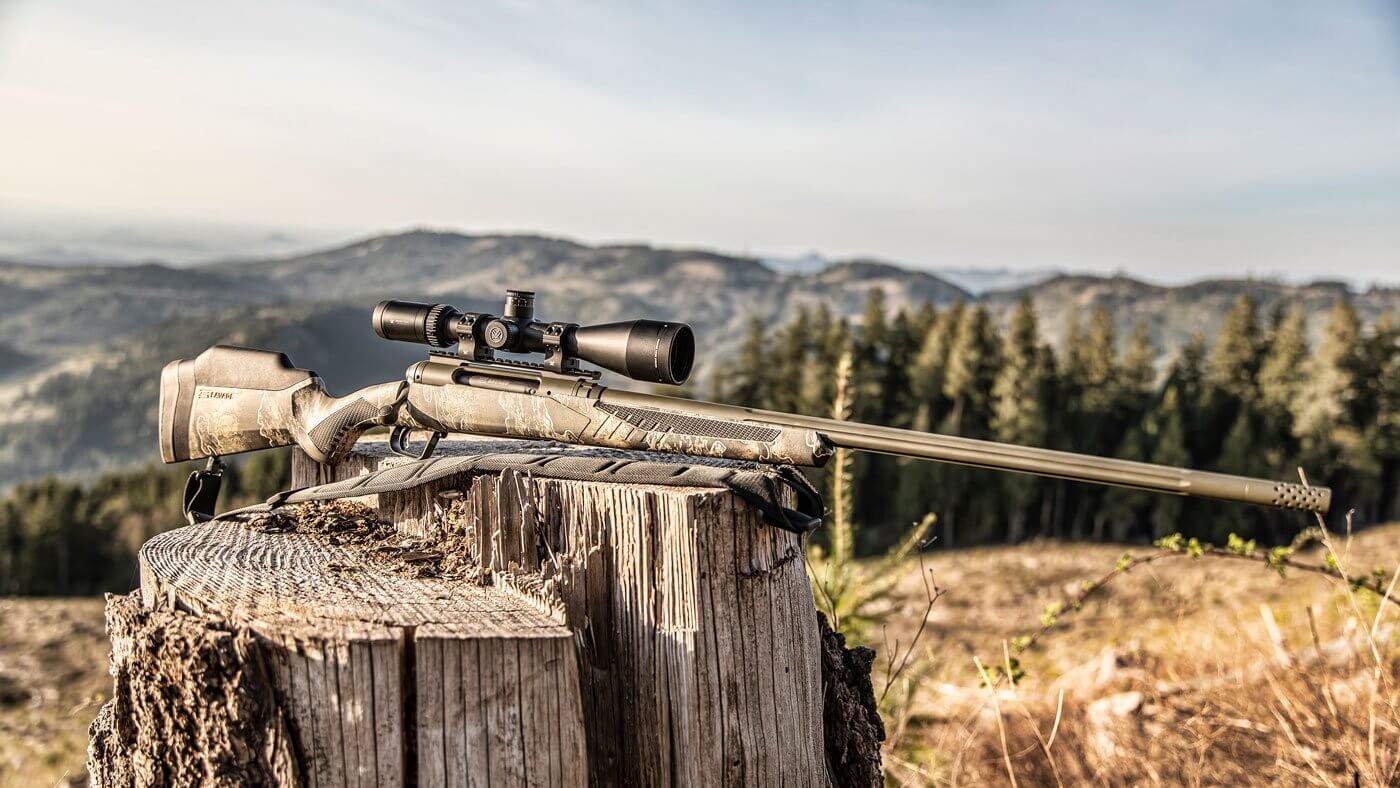
For anyone curious about firearms, understanding the bolt action rifle anatomy is a solid place to start learning. These rifles are known for their accuracy, reliability, and mechanical simplicity. In this guide, we’ll walk through the basic components of a bolt-action rifle—and point out some unique features on our rifles—and explain what each part does, how it contributes to performance, and what sets Savage rifles apart.
Whether you’re new to shooting or looking to build a foundational knowledge of firearms, this beginner-friendly breakdown will help you make sense of rifle design and our innovations.
The Core Components of a Bolt Action Rifle
A bolt-action rifle is made up of several main components, each with a specific role in the function, feel, and performance of the firearm.
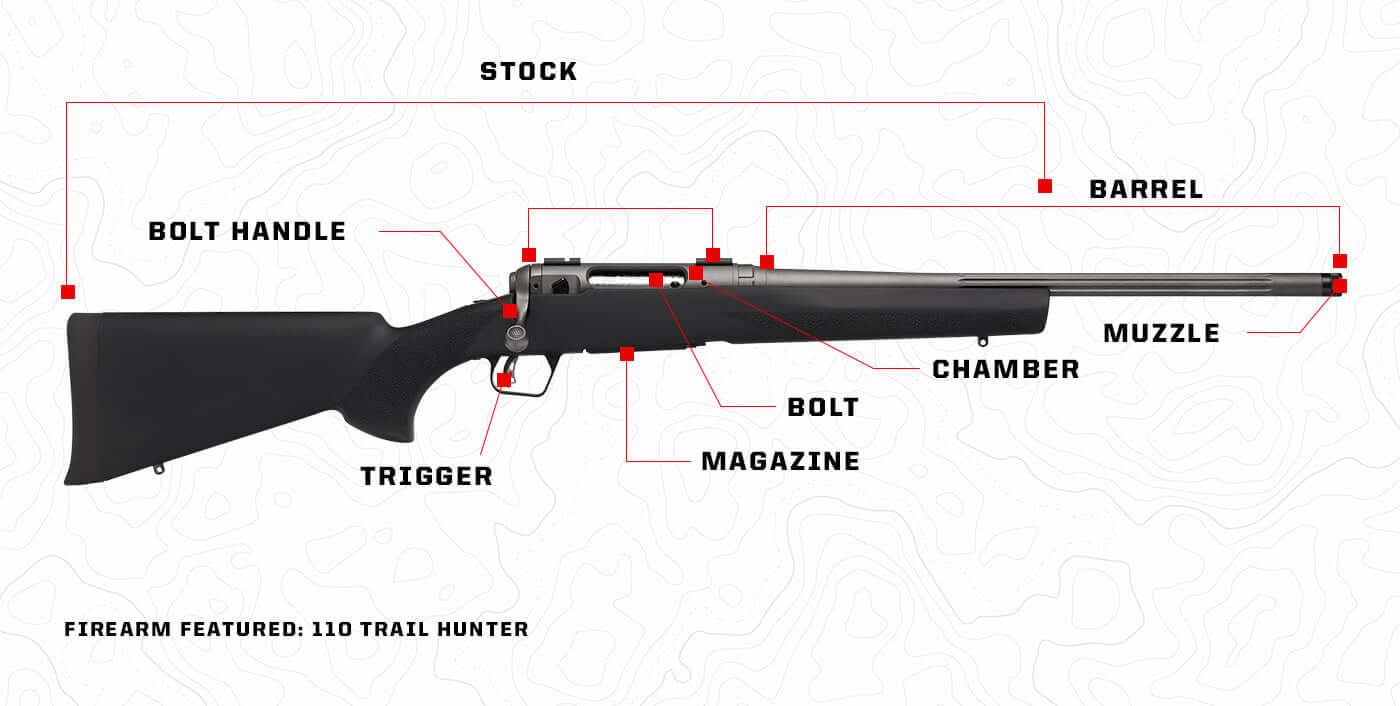
The Barrel and Chamber
The barrel is the long metal tube through which the bullet travels after firing. Inside the barrel, spiral grooves—called rifling—spin the bullet for stability and accuracy. Savage uses button-rifled barrels, a method that ensures consistency in every twist and groove for improved accuracy.
At the back end of the barrel is the chamber, the part of the rifle where the cartridge is seated before firing. When the bolt is closed, the cartridge rests in the chamber, ready to be ignited by the firing pin.
Our barrels are mostly manufactured from carbon steel and stainless steel. Carbon steel is our standard material, while stainless steel barrels resist corrosion and handle heat better—ideal for harsh environments. Some of our high-end models feature carbon fiber-wrapped barrels. These barrels start as slim profile stainless steel barrels and are then wrapped under tension with carbon fiber, offering lighter weight with better heat management.
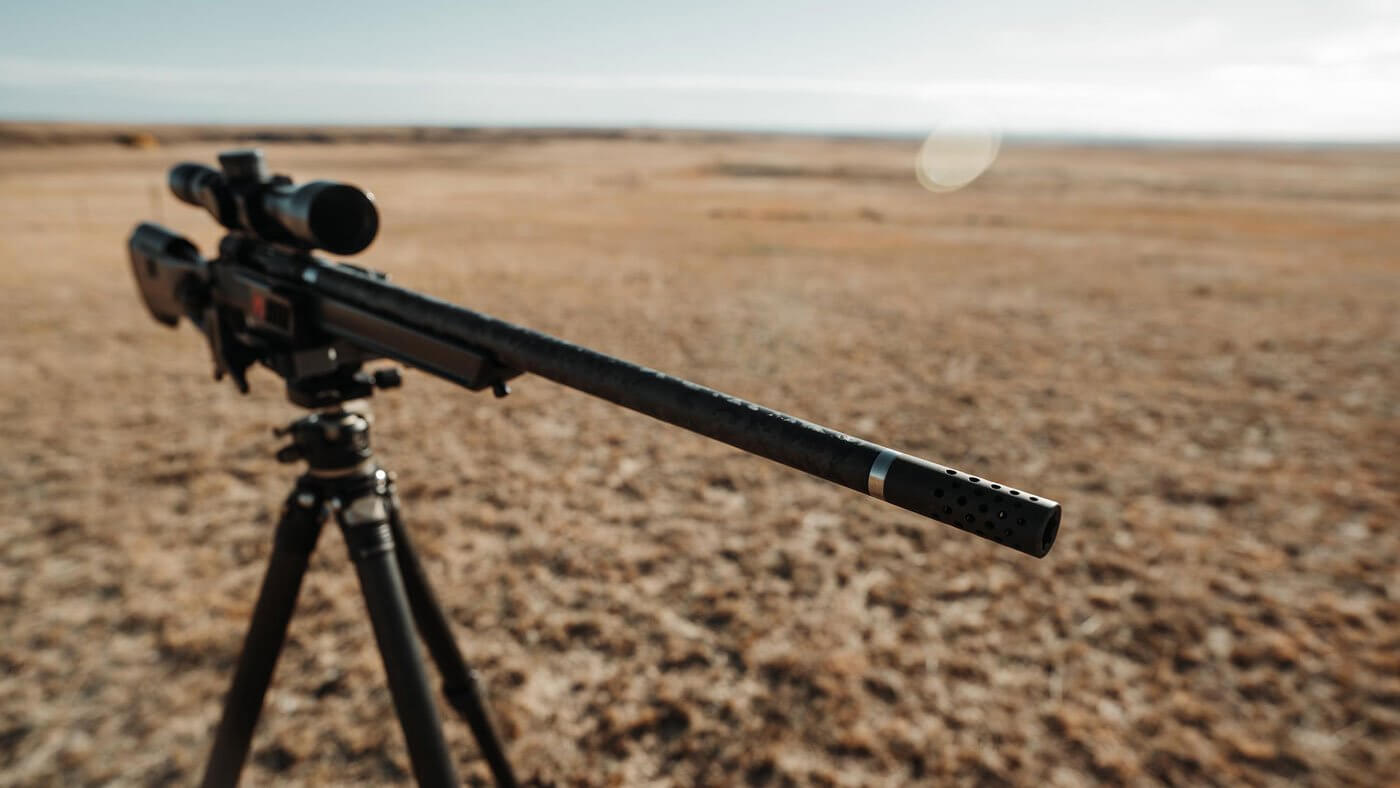
Barrel Length and Contour
The length of a barrel affects muzzle velocity—the speed at which the bullet exits the barrel. Most Savage hunting rifles use barrels between 20" and 24", with variations for specific calibers and uses.
The contour, or shape and thickness of the barrel, also matters. Thicker barrels (like bull or heavy contours) heat up more slowly, which helps maintain accuracy during repeated shots. Lighter sporter barrels are lighter and more maneuverable which is ideal for hunting, where only one or two precise shots are typical. We offer a variety of different barrel contours across our rifle line to fit the needs of any hunter or target shooter!
The Action and Receiver
The action is the heart of a bolt-action rifle. It’s the part that loads, fires, and ejects the cartridge. The receiver houses the action and is essentially the central body of the firearm. In a Savage bolt action, this includes some unique engineering that improves both precision and durability.
Savage produces both short and long action rifles. The action length corresponds to the cartridge size. A short action is lighter and faster-cycling, built for smaller cartridges. A long action can handle larger rounds but adds a bit of weight and longer bolt travel.
The Bolt and Bolt Handle
The bolt is the manually operated part that controls feeding, chambering, and extraction. Lifting the bolt cocks the firing pin. Pulling the bolt back ejects a spent cartridge, and pushing it forward chambers a new one. The bolt handle is what the shooter physically grips to perform this motion.
Savage includes a floating bolt head in many models—a proprietary design that allows the bolt to self-center with the cartridge. This tightens lockup and improves accuracy, especially when paired with other Savage innovations.
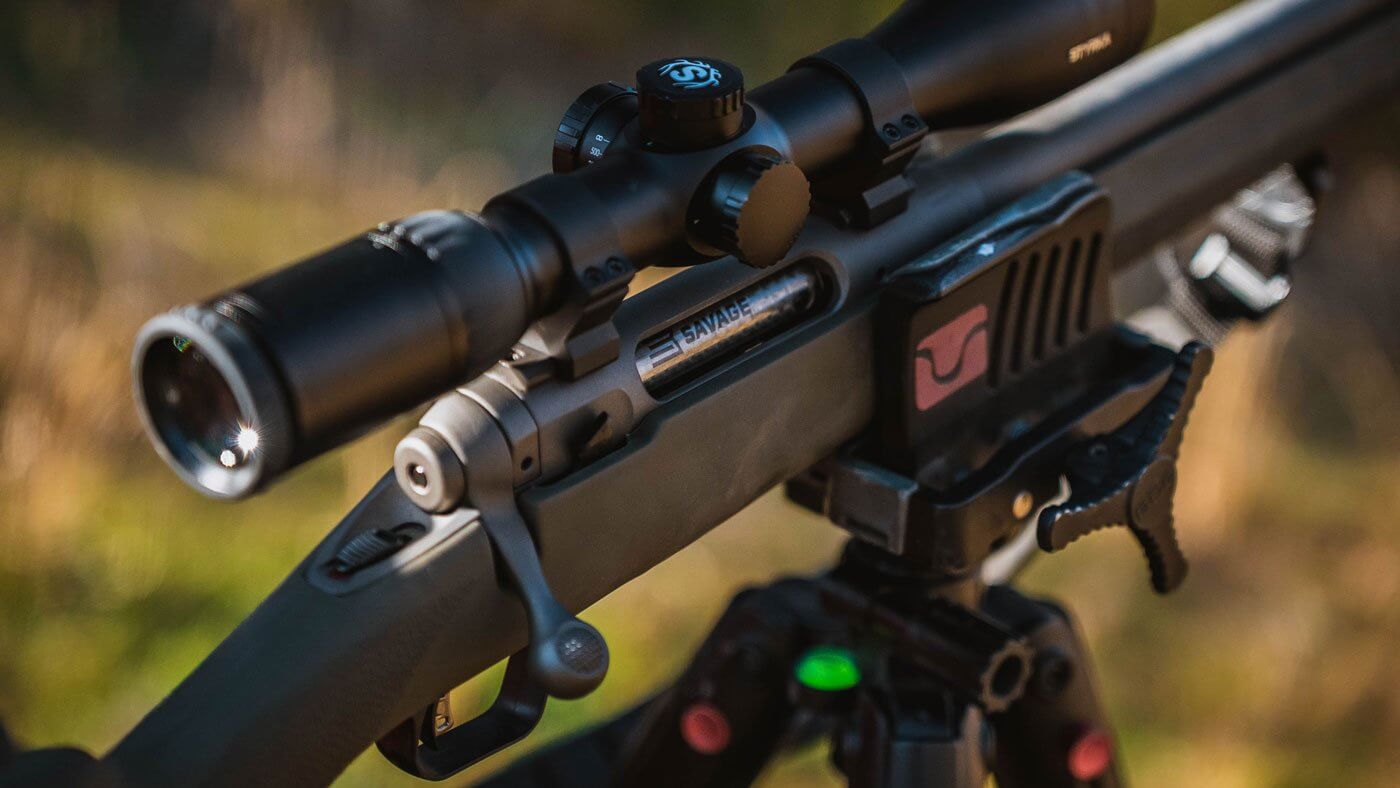
The Trigger
The trigger is what the shooter pulls to fire the rifle. Savage rifles feature the AccuTrigger, a user-adjustable trigger that improves control and safety. It uses a built-in safety blade that must be depressed before the sear can release. This allows shooters to safely set a light pull weight for crisper trigger pulls, without compromising on safety.
The Stock
The stock is the portion of the rifle you shoulder to aim. It supports the barrel and action, and provides a stable shooting platform. Savage stocks come in various materials—from synthetic to aluminum to wood—and many models feature AccuFit, an adjustable stock system.
AccuFit allows users to change length-of-pull and comb height to better fit their body size and shooting stance. A proper fit enhances comfort, recoil management, and accuracy when shooting.
Savage also incorporates AccuStock, a rigid aluminum rail embedded into the forend of the stock to secure the action. This bedding system prevents the stock from moving and flexing under recoil and keeps the barrel aligned shot after shot.
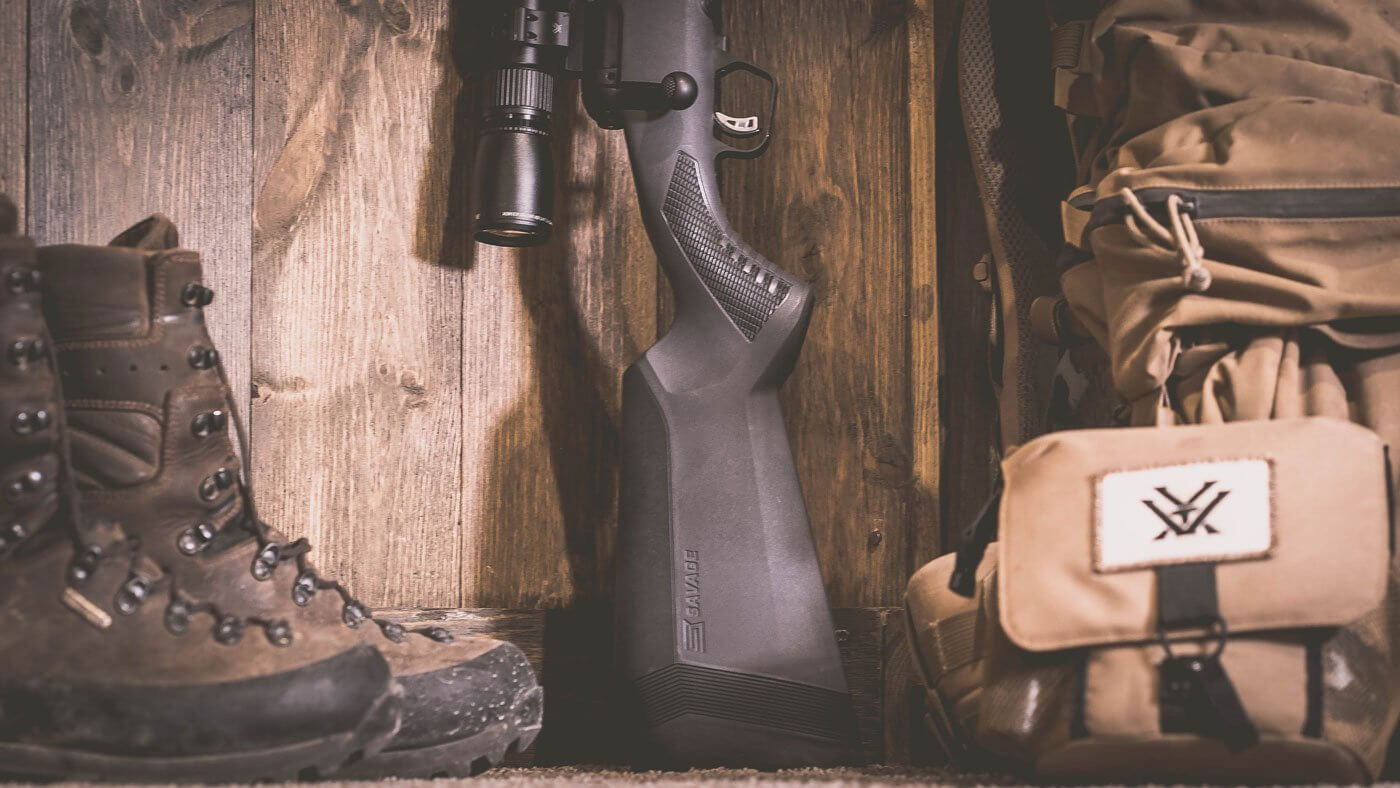
The Magazine
The magazine holds ammunition and feeds it into the chamber. Savage rifles may use internal box magazines, detachable box magazines, or rotary magazines depending on the model. Detachable magazines are especially useful for hunters and sport shooters who need quick reloads. Detachable magazines also makes it very easy to load and unload your at the beginning and end of your hunt. When unloading make sure to always check the chamber of your action to ensure the firearm is clear of ammo.
The Muzzle and Threading
At the front of the barrel is the muzzle. Some Savage models come with threaded muzzles, allowing shooters to attach accessories like muzzle brakes or suppressors. Muzzle brakes reduce recoil by redirecting excess gases, while suppressors dampen noise and muzzle flash while also reducing recoil.
All Savage threaded barrels include a protective cap, and some models come with brakes installed.
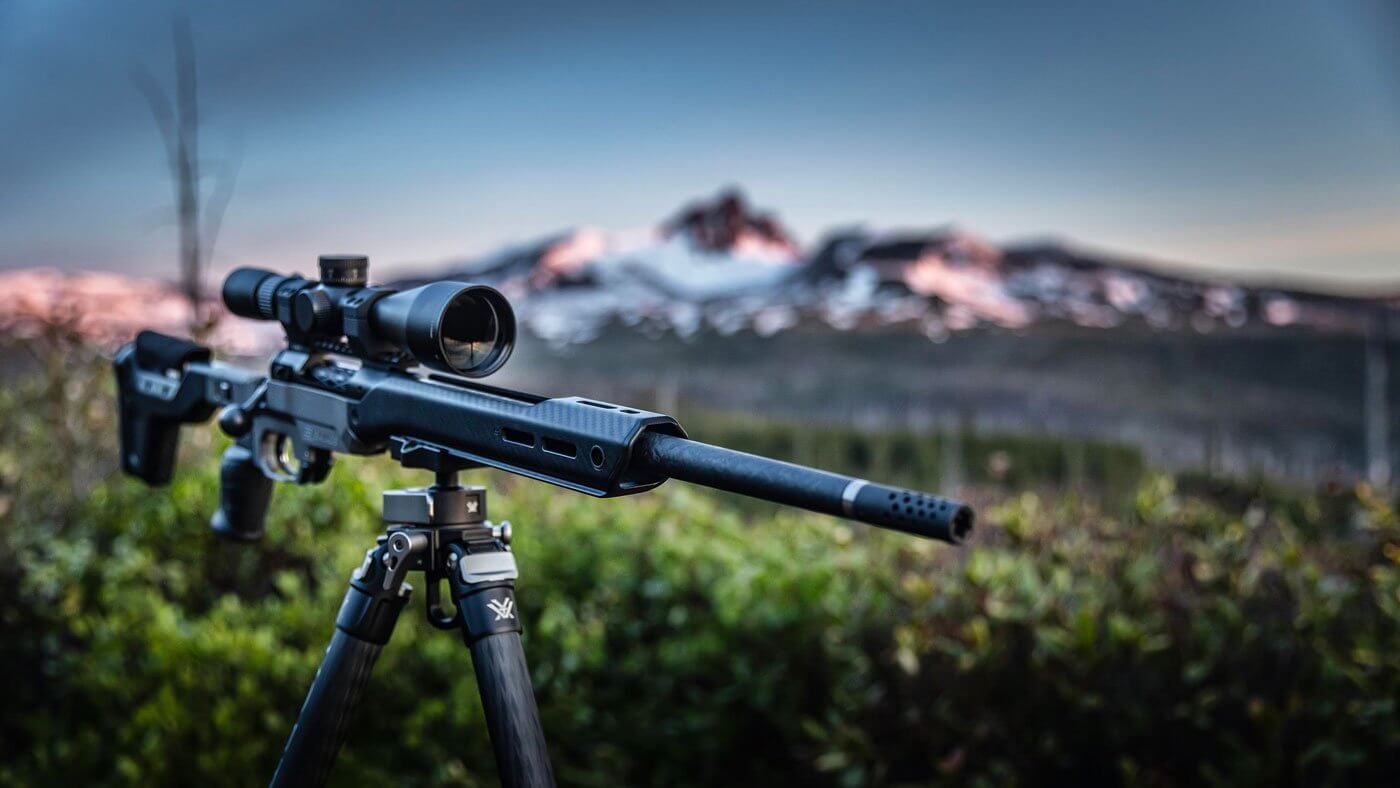
Savage Arms Innovations: Built for Accuracy
What sets Savage apart is a suite of features designed to maximize precision and user adaptability.
Barrel Lock Nut
Instead of hand-fitting barrels like traditional manufacturers, Savage uses a barrel lock nut system. This innovation ensures precise headspacing (the distance between the bolt face and cartridge base), resulting in tighter tolerances and better accuracy out of the box.
This also makes barrel swaps easier for gunsmiths or experienced users who want to customize their rifle.
Factory-Blueprinted Actions
Savage machines its actions to tighter-than-standard tolerances—also known as factory blueprinting. This enhances the rifle’s mechanical consistency and ensures a more stable firing platform. Combined with the floating bolt head and precise headspacing, it creates an impressively accurate system.
AccuTrigger, AccuFit, and AccuStock
Together, the AccuSeries (Trigger, Fit, and Stock) allows Savage rifles to be customized, safe, and precise without aftermarket upgrades.
- AccuTrigger: Adjustable, crisp, and safe.
- AccuFit: Tailors the stock to fit your body.
- AccuStock: A bedding system that stabilizes the action and keeps it from shifting.
These innovations make Savage bolt actions beginner-friendly while offering the accuracy demanded by experienced shooters.

Wrapping It Up
Understanding bolt action rifle anatomy helps demystify what can seem like an intimidating tool. Every part of a Savage bolt-action rifle—from the barrel and bolt to the stock and trigger—serves a specific purpose in delivering accurate, repeatable shots.
Savage rifles go a step further with their built-in accuracy features, giving even first-time shooters the kind of performance that used to require custom gunsmithing. If you’re just starting out in shooting sports or hunting, a Savage bolt action is a solid and smart place to begin.

